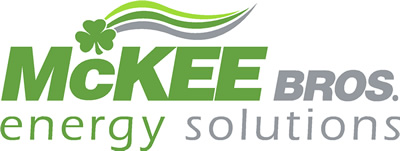The Big Picture
In order to cool your home, your air conditioner must be able to move refrigerant back and forth between the condenser unit–generally located in the backyard–and the evaporator unit inside of your home. In moving back and forth, the refrigerant passes through a surprisingly lengthy series of tubes. The throttling device is vital in ensuring that the refrigerant makes it back to the evaporator unit in an ideal stream, and at the ideal pressure.
Pressure Regulation
The pressure of the refrigerant entering the evaporator unit is key. If the pressure is too low, the refrigerant will not be able to absorb heat as easily, thus leading to less efficient cooling. By acting to restrict the flow of refrigerant through its tubing, the throttling device acts to increase its pressure. At the same time, it ensures that neither too much nor too little refrigerant is flowing into the evaporator unit. This also helps to ensure peak efficiency.
For more information about the variety of components inside your air conditioning system–as well as how to maintain them–feel free to contact the experts at McKee Energy Solutions.

